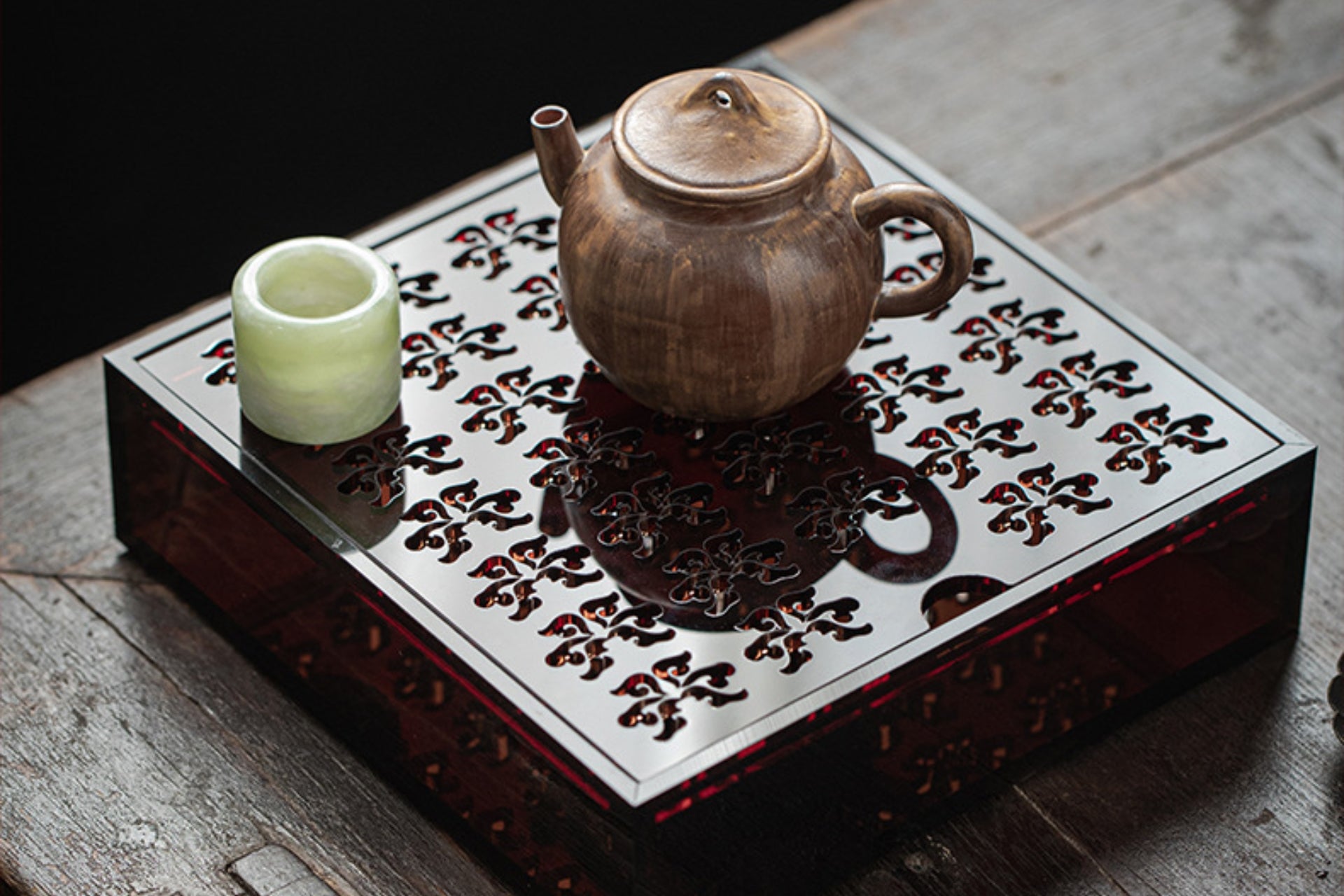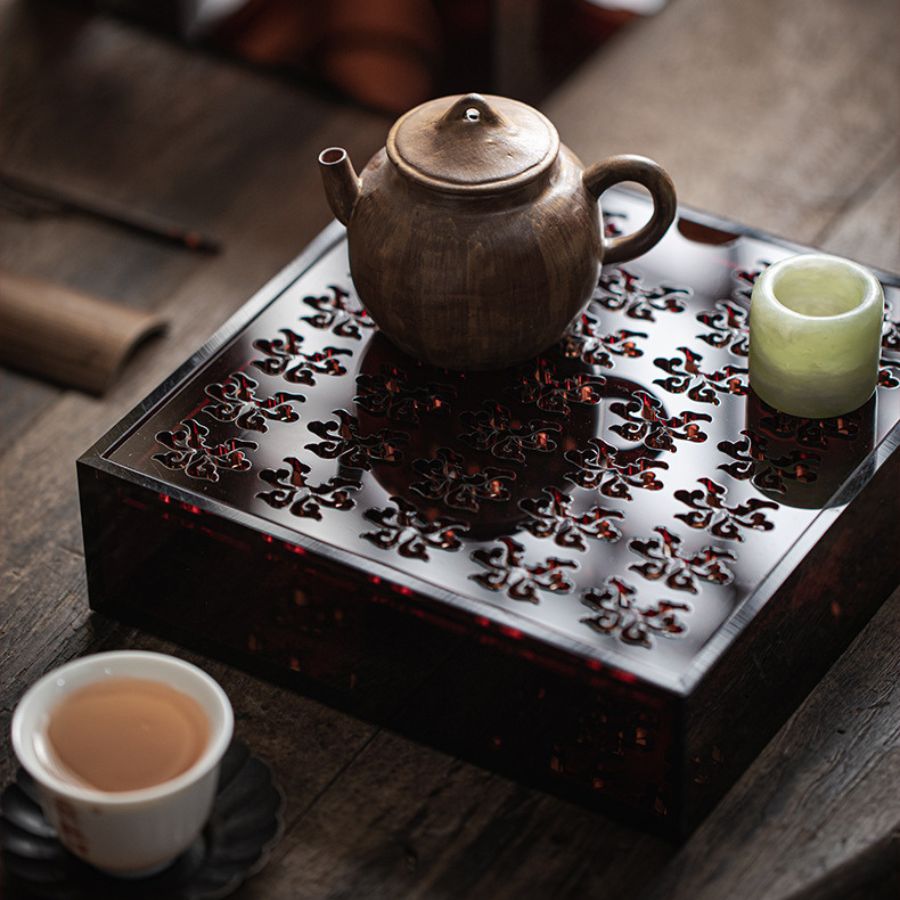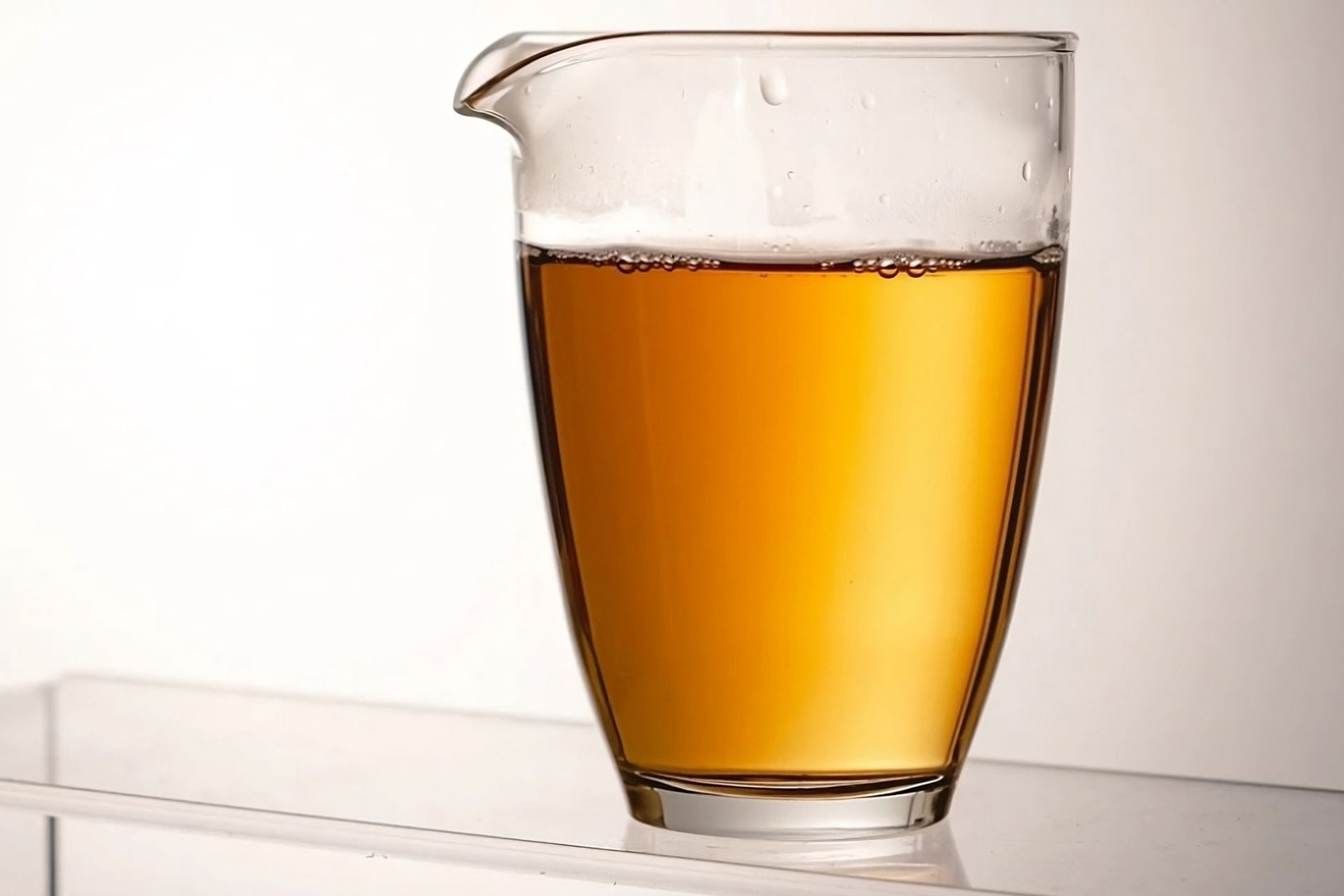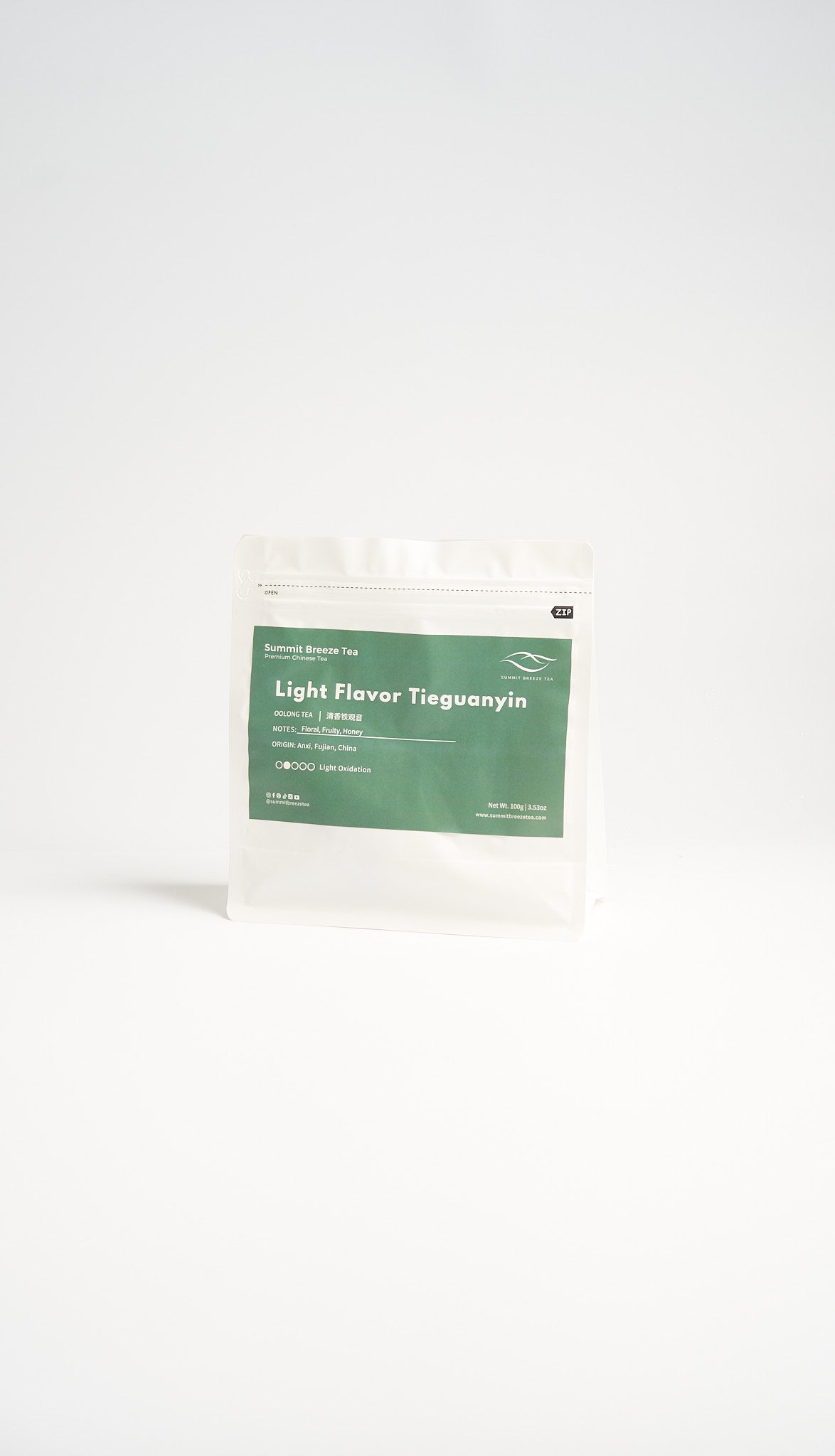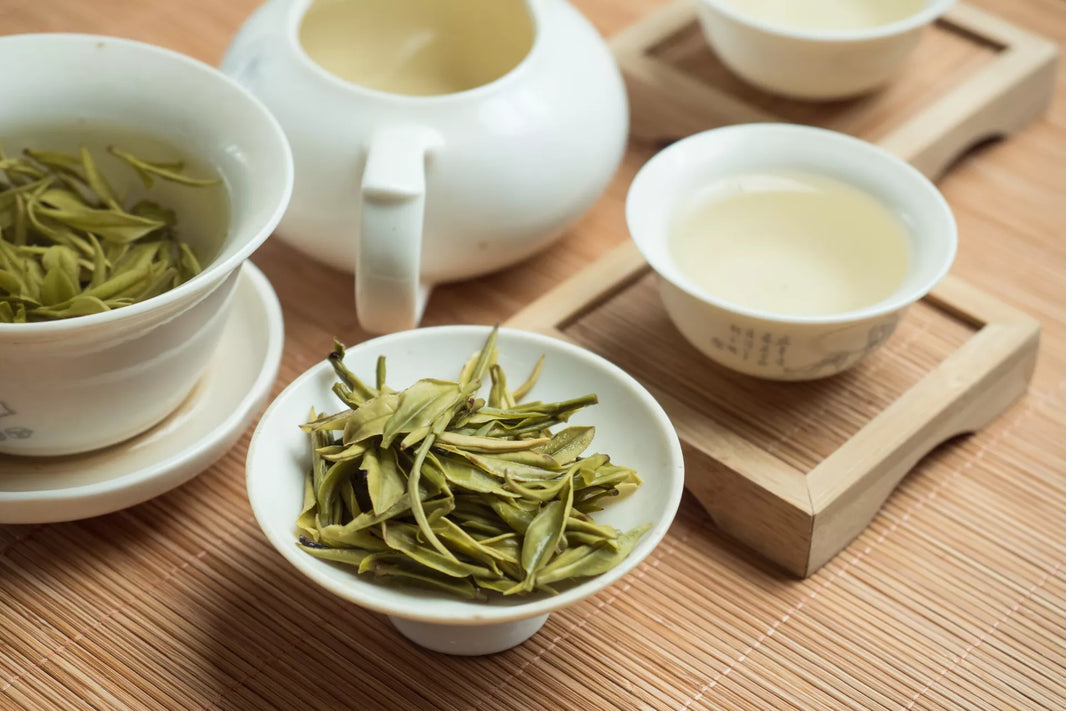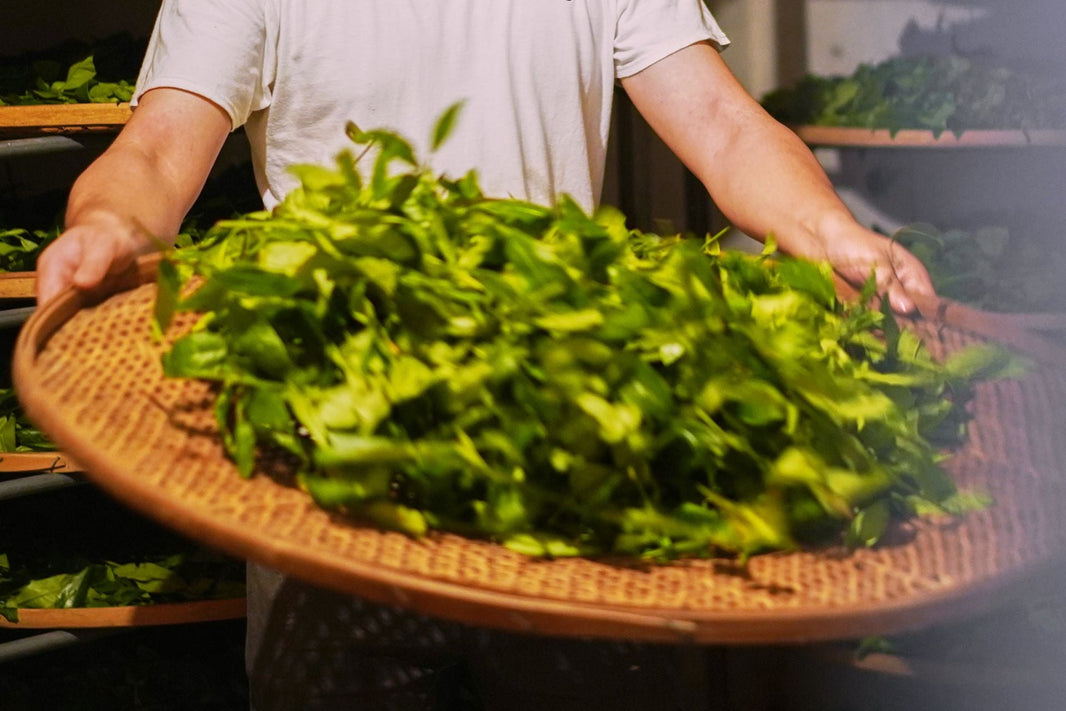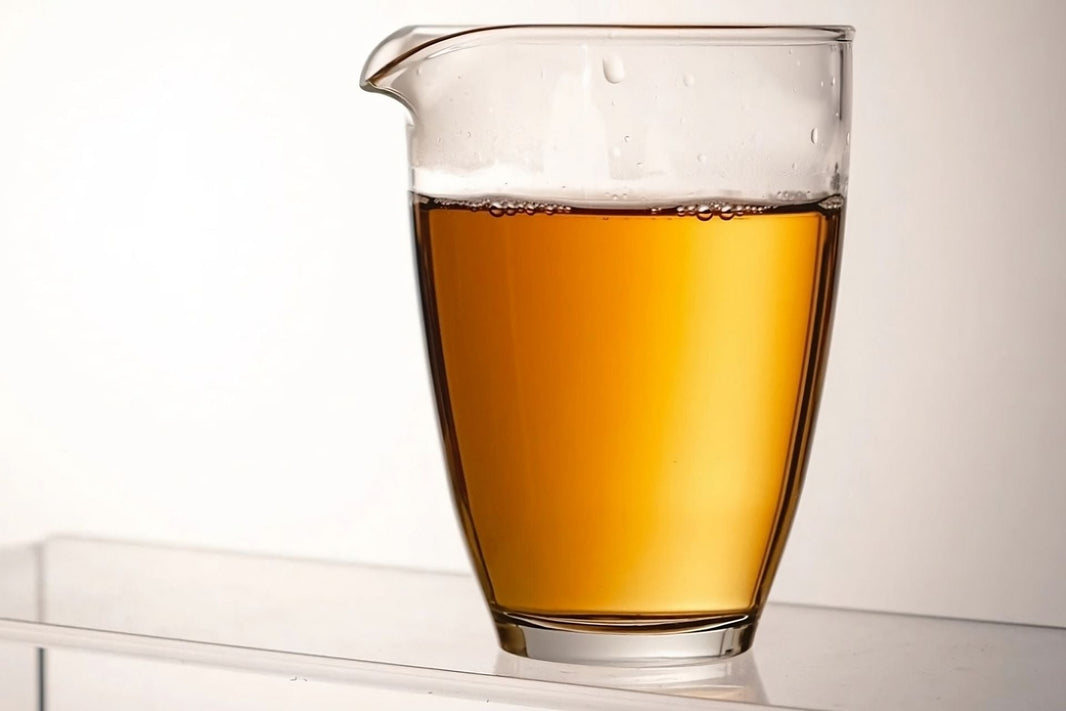The water you use has a big impact on the flavor and aroma of tea.
In China, there are many types of water specifically made for brewing tea. If you're not in China, you might not have access to these. So, how do you figure out what water is suitable for tea and what isn't?

This article will teach you how to identify the right water for brewing tea and how to use a TDS meter to test it.
What’s the Best Water for Tea?
There's an old Chinese saying about tea water: "Mountain water is the best, river water is second, and well water is the worst."
This saying refers to water with a certain level of minerals. The best water for tea contains a balanced amount of minerals - not too hard, not too soft.
From our experience with brewing Oolong tea and studying popular tea-brewing water in China, we found that water with a TDS value of around 20 ppm is the best. It enhances the tea's fragrance and highlights its natural sweetness.
What to do If you can’t find this special tea-brewing water?
If you don't have access to ideal water, these options are generally better than tap water:
-
Purified water
-
RO (reverse osmosis) filtered water
-
Distilled water
When it comes to mineral water, pay attention to the TDS value. Mineral water with a TDS higher than 100 ppm can overpower the tea's flavor and isn't recommended.
What Is TDS?
TDS, or Total Dissolved Solids, measures the amount of dissolved solids in water, such as minerals. It's a widely used standard for water quality.
The higher the TDS value, the more dissolved solids (like minerals) are in the water.
But this doesn't necessarily mean the water is harder since hardness mainly comes from calcium and magnesium ions.
On the other hand, the lower the TDS value, the cleaner the water is. Typically, purified and distilled water have TDS values near zero, making them soft water types.
Here's a quick guide to TDS values in common types of water:
-
Tap water: Typically 200–500 ppm (varies by location).
-
Mineral water: Generally 50–500 ppm, depending on the brand.
-
Purified water: Close to 0 ppm, usually 0–10 ppm.
-
RO water: Similar to purified water, around 0–10 ppm.
-
Distilled water: Almost 0 ppm.
What TDS Range Is Suitable for Brewing Tea?
Recommended water for tea (TDS < 100):
-
Low-TDS mineral water
-
Purified water
-
Distilled water
-
RO filtered water
Not recommended for tea (TDS > 100):
-
Hard mineral water
-
Tap water
Is RO Water Good for Tea?
If you want to improve your tap water for brewing tea, installing an RO filter is a good choice.
RO systems can filter out many impurities, such as heavy metals, chlorine, salts, and other pollutants. They also soften hard water. After filtration, RO water usually has a TDS close to 0.
However, RO water also removes minerals, which can make it taste flat. You can restore some of the minerals by adding mineral drops to the RO water, improving its balance for tea brewing.
Conclusion
To get the best flavor from your tea:
-
Avoid tap water and mineral water with high TDS levels (> 100 ppm).
-
Use water with a TDS below 50 ppm for optimal results.
-
Great options include purified water, RO water, and distilled water.
-
If you use RO water, consider adding mineral drops to balance it.


